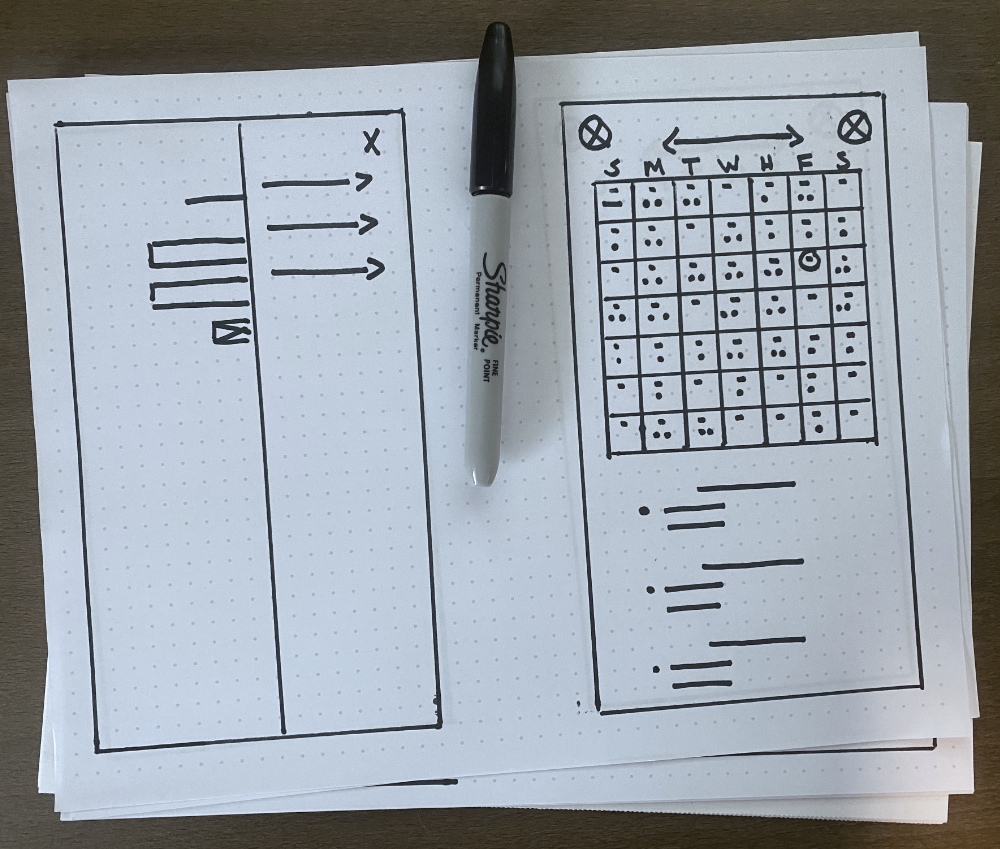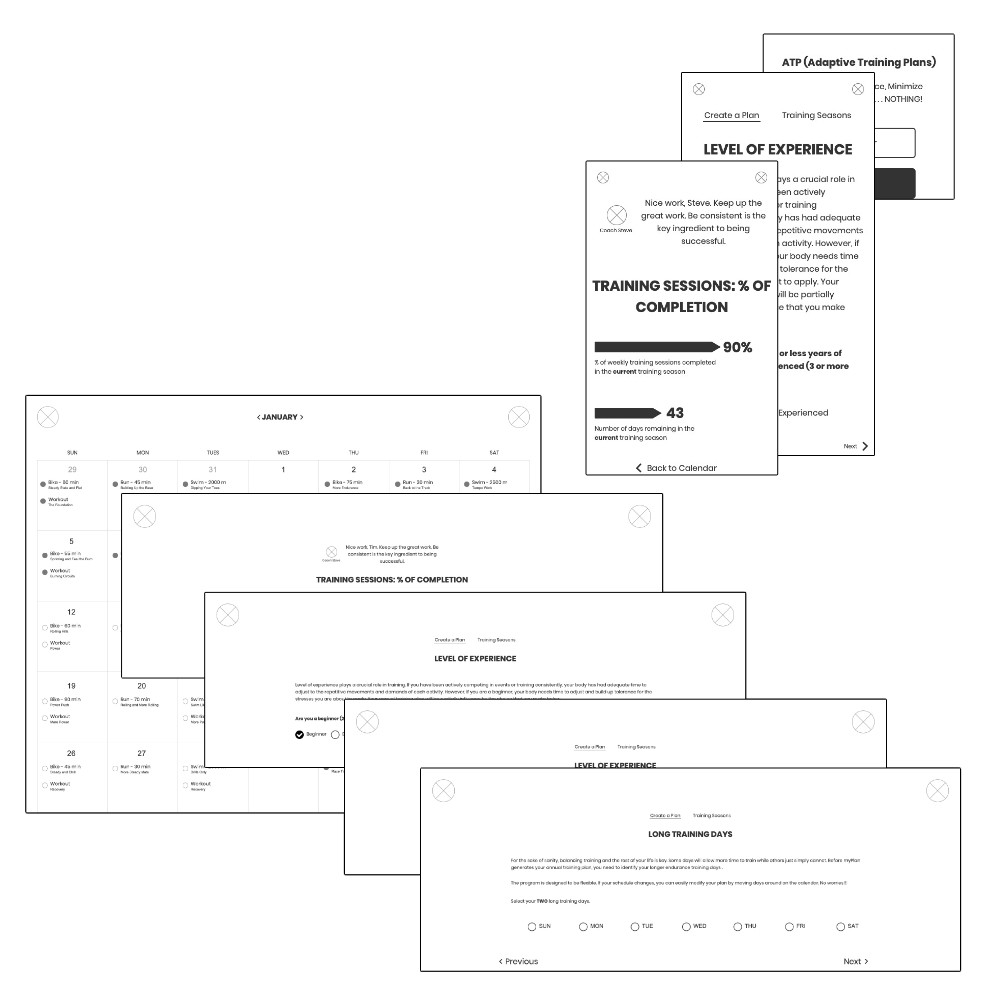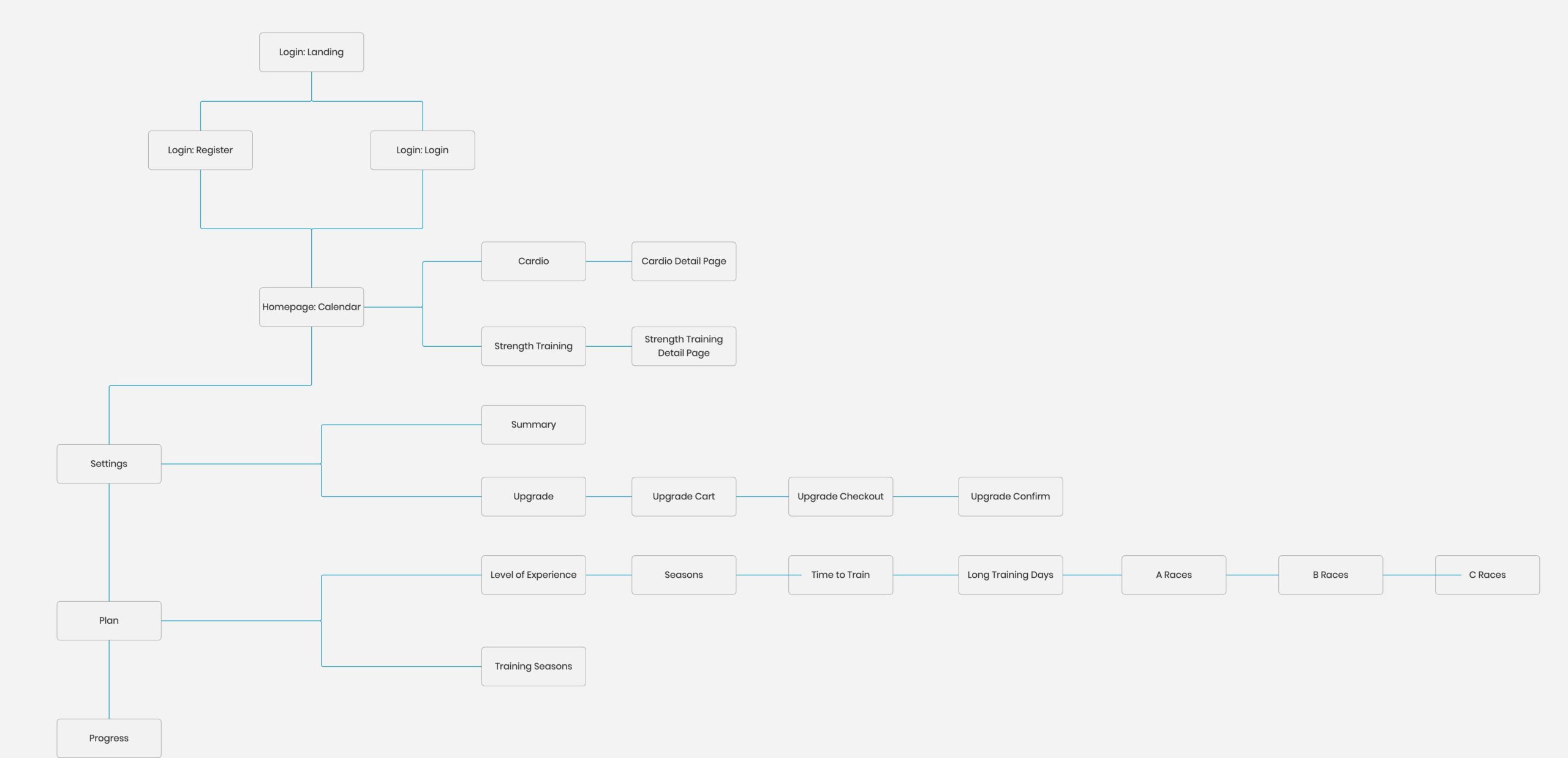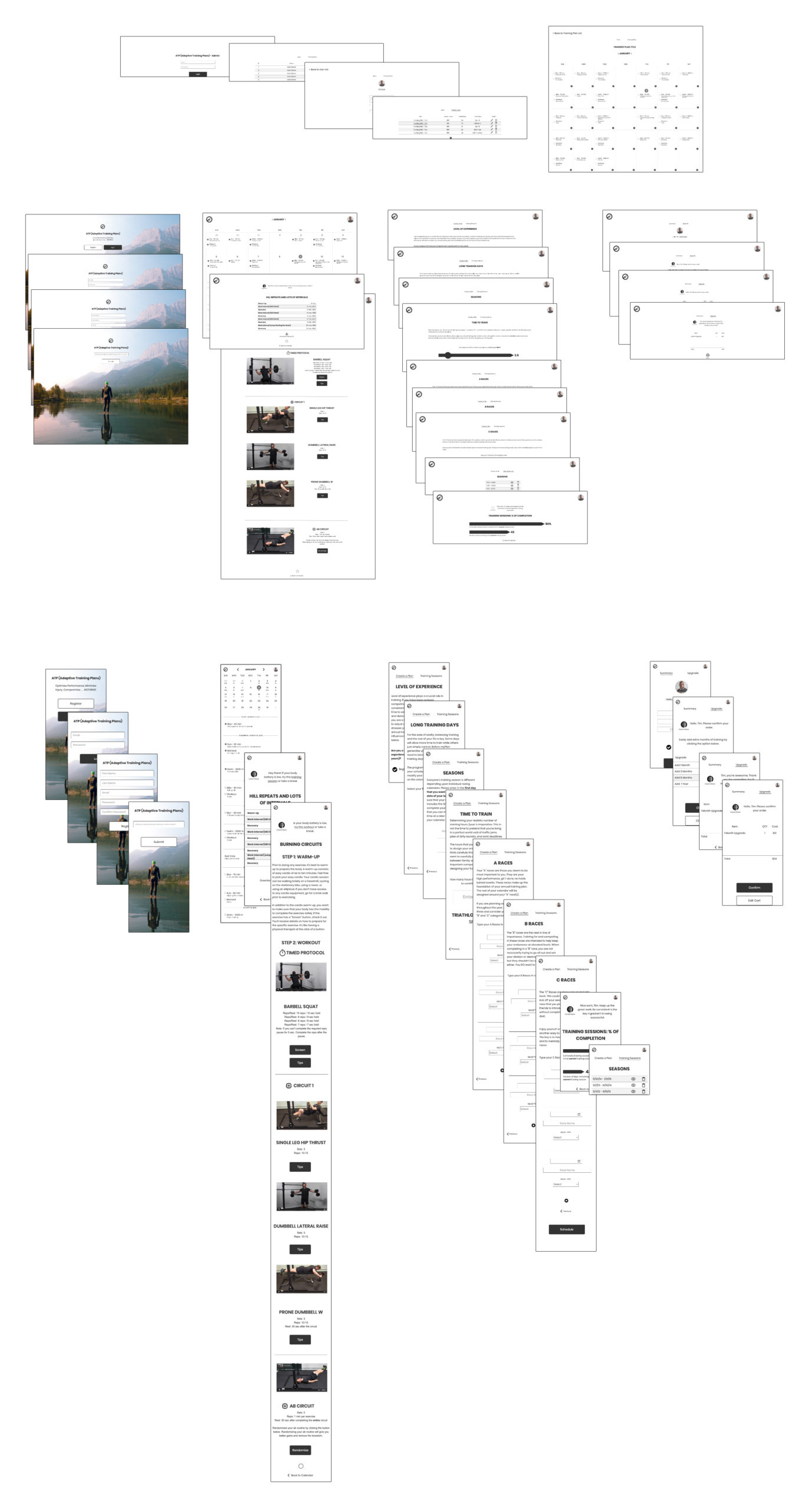What to Solve
Project Overview
The Problem
Triathletes have a high reoccurrence rate of overuse injuries due to the demands of the sport. Most training plans online were static and didn’t adjust to athletes.
The Goal
Design an app that blends physical therapy activities seamlessly with triathlon training plans. The challenging aspect was creating a solution to making plans adaptive based on biometric data. The goal was to create a app to remove the confusion of training, while minimizing the rate of injuries.






